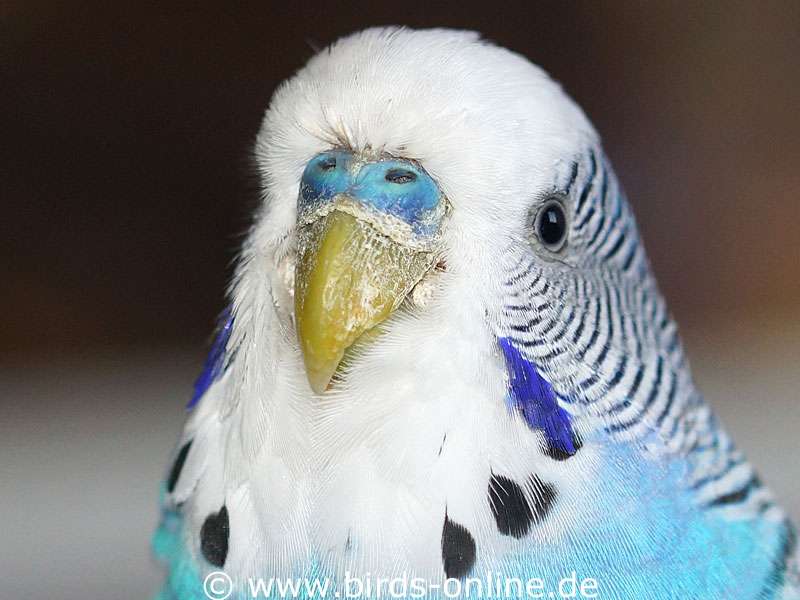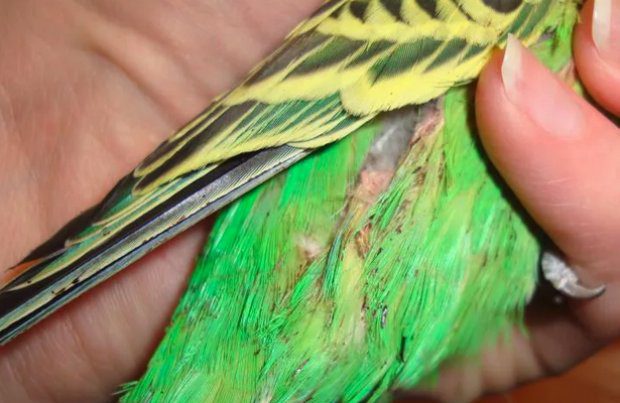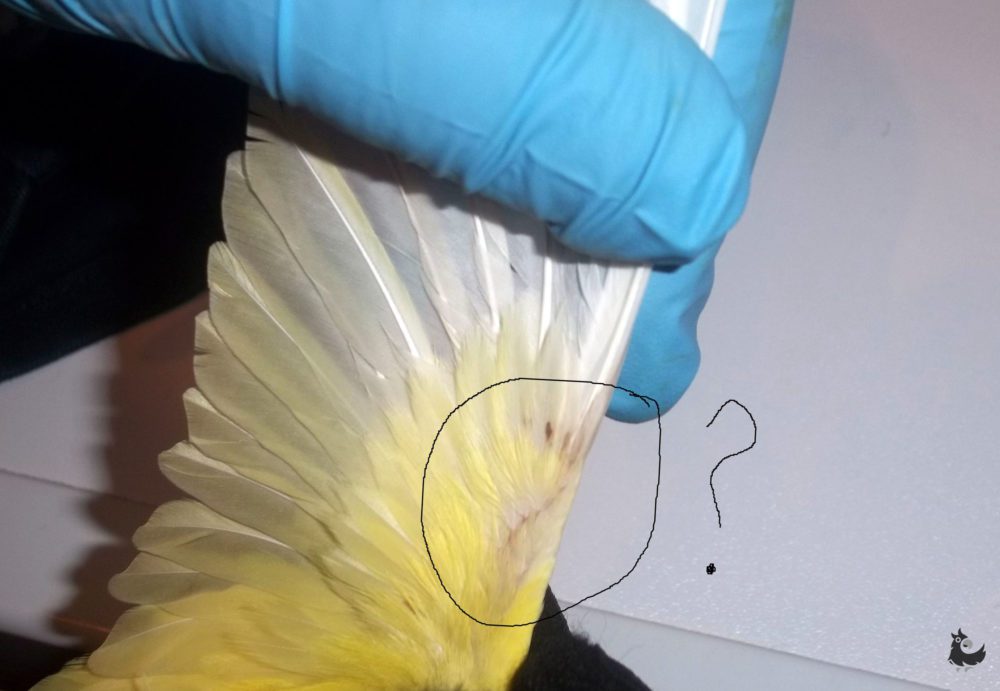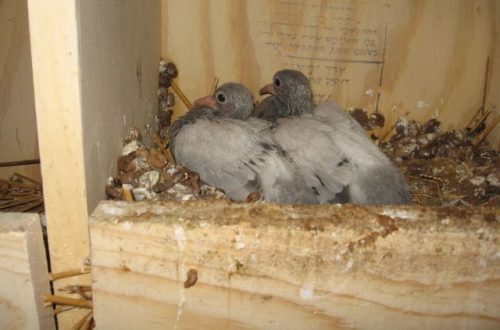
How to treat a chimney mite in a budgerigar?
If you are a happy owner of a budgerigar, then make sure that your feathered friend does not start a quill mite. As a rule, its appearance is due to poor quality grain. In addition, mites may appear due to the fact that the objects in the bird cage or the cage itself have not been processed correctly. If you bring plants from the street, the mites can also get to you with them.
Syringophilus bipectinatus is a parasite that can cause a disease in birds called syringophiliasis. Usually, these mites enter through the channels that are between the feathers and the skin of the parrot. First of all, the tail and flight feathers suffer, to which the blood flow is the best, since this type of tick feeds on lymph. The tick mites are not transmitted to people, but in birds they multiply quickly.
The incubation period lasts approximately 3 months, and then already noticeable symptoms appear. Most often, parrots get sick in the warm season, but there are also cases of infection from other individuals of the same species.
If your pet is already sick, then when releasing it from the cage, be sure to throw out everything that was wooden, and also do not forget to disinfect the cage itself to avoid the return of ticks.

The quilt mite can appear in any parrot, but it is most often seen in young or already old birds (this is also associated with molting). One of the sad consequences of the disease that the tick causes is the loss of feathers. Initially, tail feathers fall out, and then the loss of feathers progresses throughout the body of the bird. Affected feathers change shape, color, stop shining and look unhealthy. Sometimes there are spots on them. Another manifestation is itching, because you can see how your parrot is trying to get the affected areas of the cover with its beak, which increases the prolapse. The birds are losing weight.
How to treat this parasitic disease? Basically, veterinarians prescribe Fipronil-spray and Otodectin, or their analogues. How to use these funds correctly? Take a small container where you will need to collect a little of the drug prescribed for you, but do not do this near the parrot. Then take a piece of cotton wool, moisten and lubricate the skin, pushing the feathers apart. Avoid getting the medicine on the feather, as the bird can get poisoned by cleaning the feathers with its beak. After soaking these drugs will kill all parasites, a month later you will have to do the same to get rid of ticks for sure.
After the bird has molted, carefully check that the new plumage is free of mites and signs of disease.
An interesting fact: budgerigars sleep a lot, sometimes for about twelve hours in a row. This is what makes them long-lived among domestic birds. The heartbeat of a parrot of this species has more than two hundred vibrations per minute. Never feed your budgerigars chocolate, salt, or avocado fruit.

In addition to the above drugs, during treatment it is recommended to strengthen the parrot’s body with vitamins. In particular, it may be taking Gamavit during the week. It is these vitamins that are rich in amino acids and also reduce the toxicity that mites cause.
Alas, there are also disadvantages. Gamavit loses its useful properties during long contact with water, and therefore, you will have to periodically change the water in the drinker, adding vitamins there so that the parrot drinks only healthy water. And never leave this cocktail in the drinker at night, only clean water, as you will not have the opportunity to change it.
Important: do not open the medicine package completely: it will quickly become unusable. An indicator of spoilage will be a changed color of the drug. We advise instead of opening the bottle, take the right amount of the substance with a syringe.
Even if you’ve never had one before, the mites can infect any bird, so there’s no need to panic. It is enough to read articles on the Internet, or contact a veterinarian for advice and advice.





